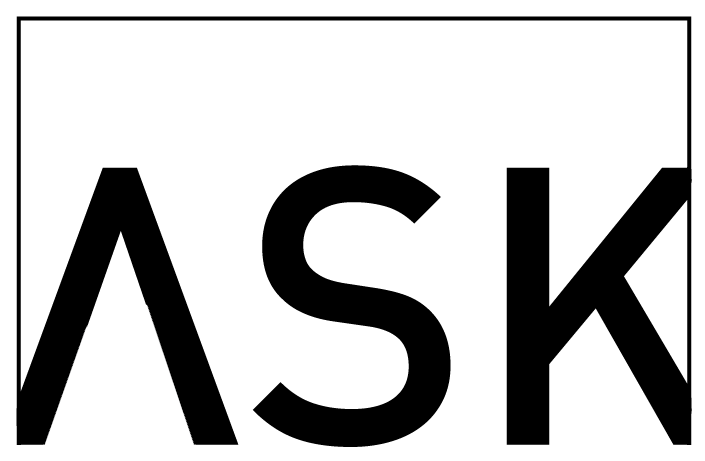Drawing Water 1.0 - 2020 ARCC - Valencia
Type: Scholarly Research
Authors: Brook Muller + Matt Tierney
Duration: 2019-present
Location: Various
Partner Organization: ARCC, University of North Carolina @ Charlotte
Forthcoming ARCC 2020 Valencia
Abstract
Given pressing need to address imperatives of sustainability and the multiple water-related stressors cities confront (climate change, scarcity, contaminants of emerging concern, and downstream ecological impacts, among others), architects are called upon to engage water as driver of sustainable regional, urban and architectural design processes. Given the conference topic call to consider means of “devising, representing and narrating the city,” and acknowledging the value of “depicting actors and activities to understand underlying values,” we examine water as a highly potent and yet tremendously underrepresented actant as reflected in graphic conventions architects value currently. To this end, we seek to augment emerging and innovative graphic approaches by speculating as to new and hybridized representational strategies revealing fluid relations along a scalar continuum. Investigating methods along this continuum, we provide examples of effective graphics as a means to tease out linkages and amplify overlooked relationships. At one end, we seek graphic strategies that frame instances of broader urban and regional water cycles. At the other, we consider representations of micro-urban interventions within the context of the watershed. Between and with respect to these two scales, we interrogate relationships between the immediacy of daily experience and the larger hydrological reality and flows within which urban dwellers live. This project proceeds from a conviction that a gap in effective representations of water may be best filled by culling and hybridizing various resources. To that end, we interrogate charts, hydrographs, diagrams (“riser” and other), maps, and details typically overlooked by architects to reveal water’s potency as a driver of holistic design. An evolution in water-based graphics, it is argued, will allow designers and allied professions to assume a more proactive stance, such that any one intervention at the building, city, or regional scale can deliver net positive watershed impact.
(Copyright 2020 - Brook Muller + Matt Tierney) Title:
Hybrid #1 - Watershed Scale
(Copyright 2020 - Brook Muller + Matt Tierney) Title: Hybrid #2 - Urban Scale
(Copyright 2020 - Brook Muller + Matt Tierney) Title: Hybrid #3 - District Scale




